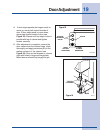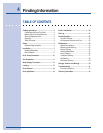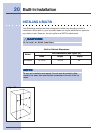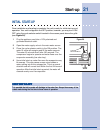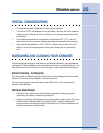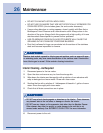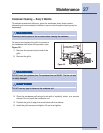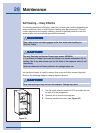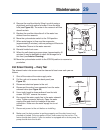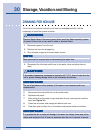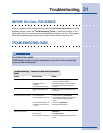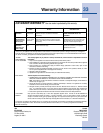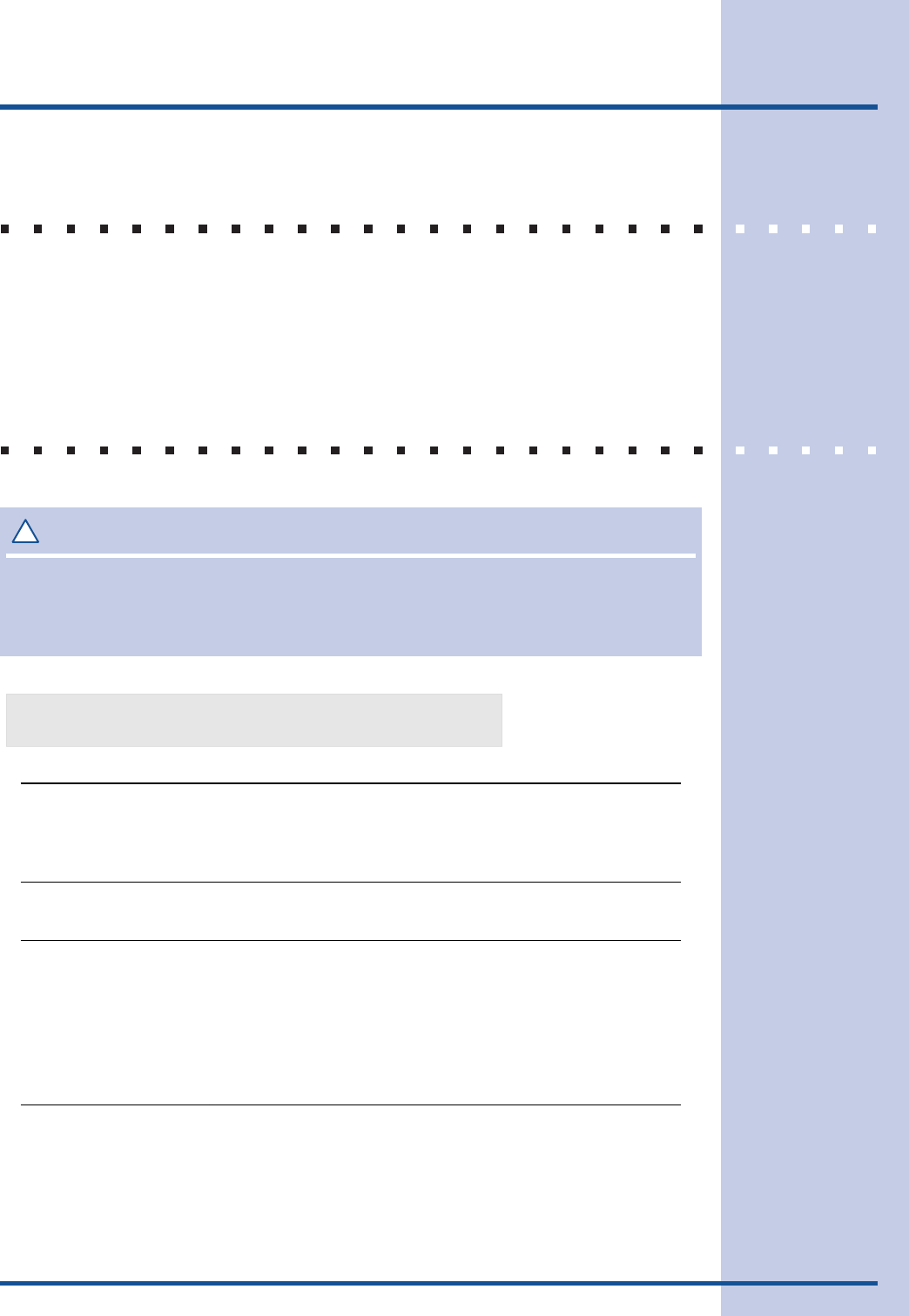
31
Troubleshooting
BEFORE YOU CALL FOR SERVICE
If the unit appears to be malfunctioning, read through Normal Operation first. If the
problem persists, check the Troubleshooting Guide. Locate the problem in the
guide and refer to the cause and its remedy before calling for service. The problem
could be something very simple which can be solved without a service call.
TROUBLESHOOTING GUIDE
!
DD
DD
D
ANGERANGER
ANGERANGER
ANGER
ELECTROCUTION HAZARD
NEVER attempt to repair or perform maintenance on the unit until the main electrical
power has been disconnected.
Troubleshooting – What to check when problems
occur
Problem Possible Cause Remedy
Unit does not operate.
•
No electrical power to the unit.
•
Cycle selector switch set
improperly.
•
Low air temperature around unit.
•
Make sure power cord is plugged in. Check for
blown fuse or tripped circuit breaker.
•
Make sure cycle selector switch is set to ICE/ON.
•
Surrounding air temperature must be at least
45°F (7°C).
Unit runs but no ice is produced.
•
No water being supplied to the
unit.
•
Check to see that water is connected and turned
on to the unit.
Unit runs but produces very little ice.
•
Dirty condenser coils.
•
High air temperature around unit.
•
Scale and mineral buildup in unit.
•
Inadequate airflow at the front of
the unit.
•
Clean the condenser. See Maintenance.
•
Surrounding air temperature of over 90°F (32°C).
Low ice production at high temperatures is
normal.
•
Clean unit. See Maintenance.
•
Remove items blocking airflow.
Ice is slow to release or does not
release from the evaporator.
•
Ice-making system is dirty.
•
Unit is not level.
•
Low air temperature around the unit.
•
Run unit through automatic clean cycle. See
Maintenance.
•
See Leveling the Unit.
•
Surrounding air temperature must be at least 50°F
(10°C).



